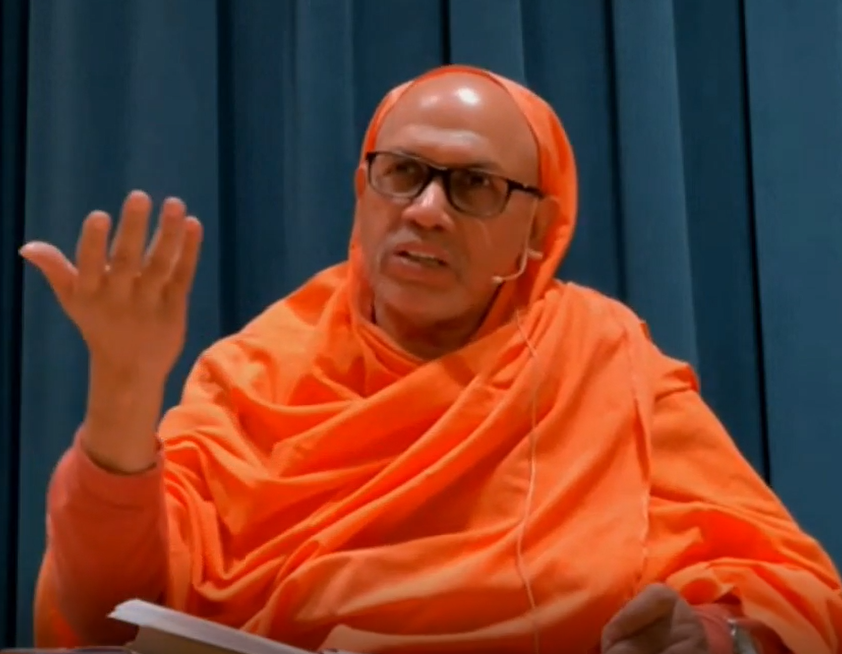Live Streaming
(scroll to bottom for Recent Event info)
Daily Abhisheka and Aarati to Lord Dakshinamurti
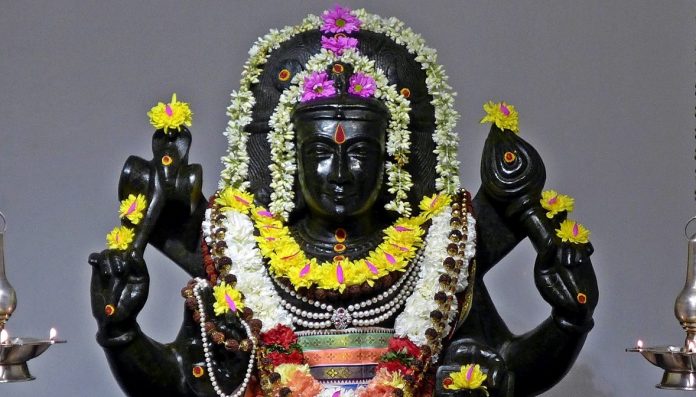
1st and 3rd Sunday Classes
Sunday, January 4, 2026
In-Person and Online
Bhagavad Gita Chapter 11
with Swami Tattvavidananda
(video to be displayed in Temple)
10:00-11:00 am ET Class 1
11:30am-12:00pm ET Sharanagati Meditation
LOCATION:
Arsha Vidya Gurukulam
Dakshinamurti Temple
651 Route 115
Saylorsburg, Pennsylvania
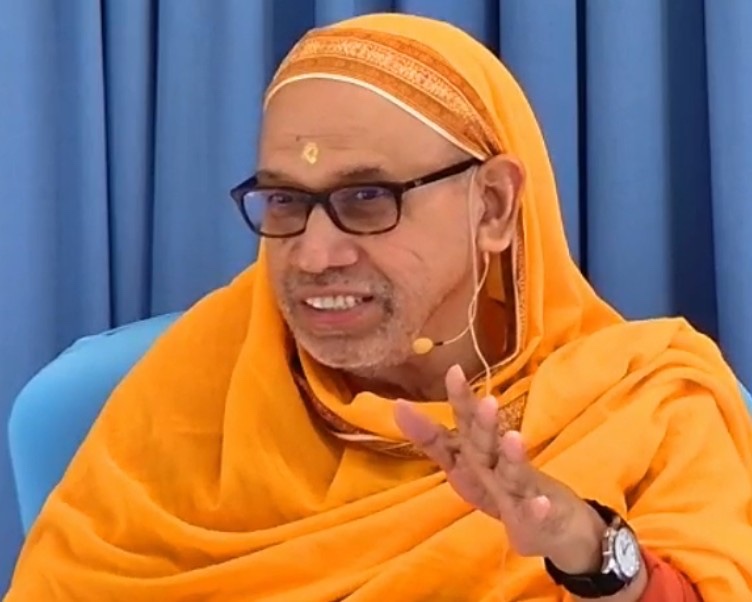
Ongoing Classes
Mandukya Upanishad with Swami Muktatmananda ONLINE STUDY
Monday/Wednesday/Friday
10:30-11:30 am ET
Text Links:
Mandukya Upanishad – Swami Nikhilananda

Recent Events
1st and 3rd Sunday Classes
Sunday, January 4, 2026
In-Person and Online
Bhagavad Gita Chapter 11
with Swami Muktatmananda
10:00-11:00 am ET Bhagavad Gita Class 1
11:30am-12:30pm ET Bhagavad Gita Class 2
LOCATION:
Arsha Vidya Gurukulam
Dakshinamurti Temple
651 Route 115
Saylorsburg, Pennsylvania
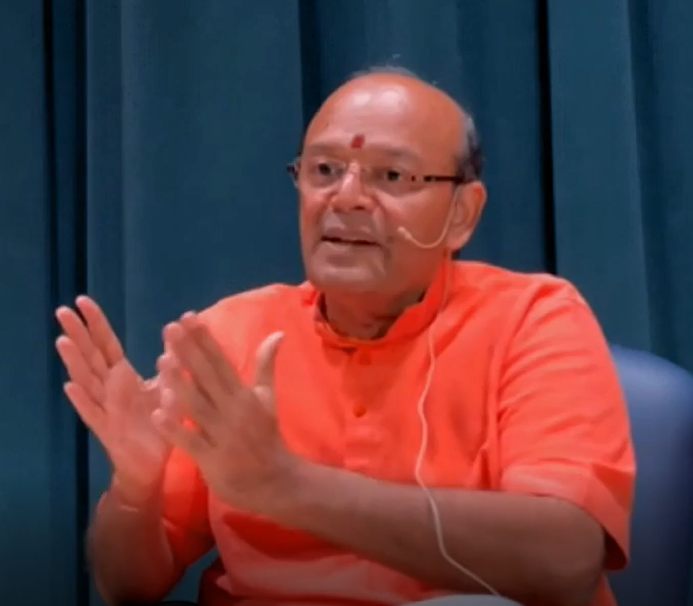
2025 Year-End Vedanta Course
Wednesday, December 24
thru
Wednesday, December 31
TOPICS:
Hinduism and Religious Life
with Swami Muktatmananda
Vedanta and Meditation
with Swami Sachidananda
Discover the Inner Sanctuary through Meditation
More info HERE
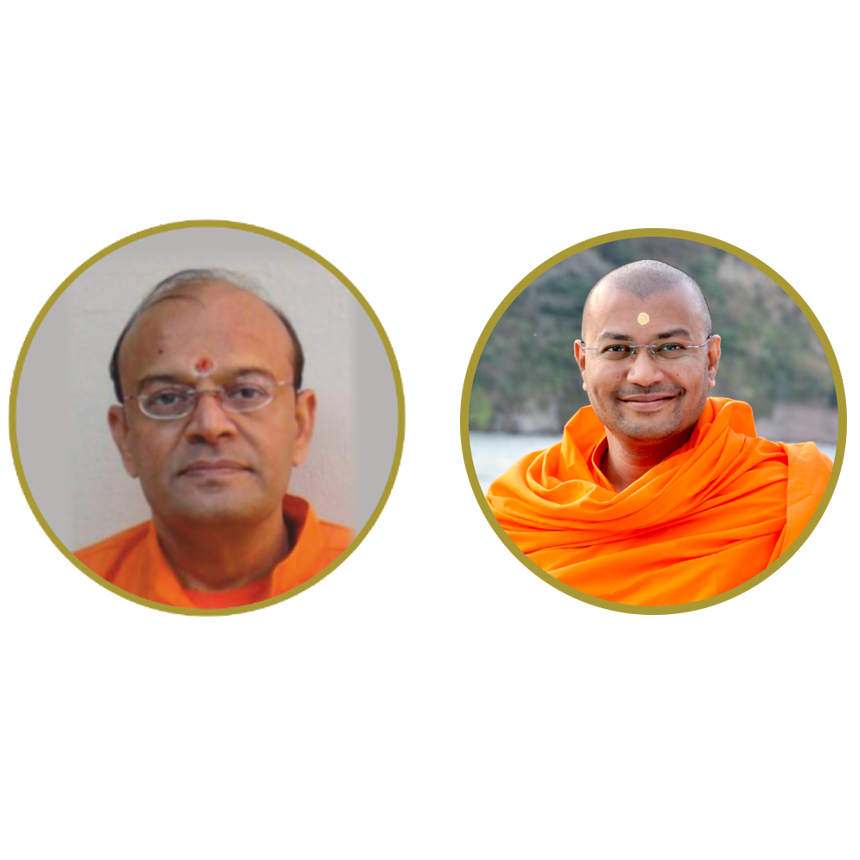
1st and 3rd Sunday Classes
Sunday, December 21, 2025
In-Person and Online
Bhagavad Gita Chapter 11
with Swami Muktatmananda
10:00-11:00 am ET Bhagavad Gita Class 1
11:30am-12:30pm ET Bhagavad Gita Class 2
LOCATION:
Arsha Vidya Gurukulam
Dakshinamurti Temple
651 Route 115
Saylorsburg, Pennsylvania

1st and 3rd Sunday Classes
Sunday, December 7, 2025
In-Person and Online
Bhagavad Gita Chapter 11
with Swami Muktatmananda
10:00-11:00 am ET Bhagavad Gita Class 1
11:30am-12:30pm ET Bhagavad Gita Class 2
LOCATION:
Arsha Vidya Gurukulam
Dakshinamurti Temple
651 Route 115
Saylorsburg, Pennsylvania

2025 Gita Jayanti Parayana
In-Person and Online
Chanting of the entire Bhagavad Gita
Monday, December 1, 2025
9:00 am – 12:30 pm ET
651 Route 115
Saylorsburg, Pennsylvania

2025 Thanksgiving Weekend Vedanta Course
Thursday, November 27
thru
Sunday, November 30
TOPICS:
Hinduism and Religious Life with Swami Muktatmananda
Nididhyāsana with Swami Sachidananda
Correct your orientation and situate yourself in the truth.
More info HERE

1st and 3rd Sunday Classes
Sunday, November 16, 2025
In-Person and Online
Bhagavad Gita Chapter 11
with Swami Muktatmananda
10:00-11:00 am ET Bhagavad Gita Class 1
11:30am-12:30pm ET Bhagavad Gita Class 2
LOCATION:
Arsha Vidya Gurukulam
Dakshinamurti Temple
651 Route 115
Saylorsburg, Pennsylvania

1st and 3rd Sunday Classes
Sunday, November 2, 2025
In-Person and Online
Bhagavad Gita Chapter 10
with Swami Muktatmananda
10:00-11:00 am ET Bhagavad Gita Class 1
11:30am-12:30pm ET Bhagavad Gita Class 2
LOCATION:
Arsha Vidya Gurukulam
Dakshinamurti Temple
651 Route 115
Saylorsburg, Pennsylvania

2025 Deepavali Puja and Talk
Tuesday, October 21, 2025
In-Person and Online
5:30 pm ET Evening Arati
6:00 pm Lakshmi Puja and Lighting Diyas
6:30 pm Talk on Diwali
by Swami Muktatmananda
LOCATION:
Arsha Vidya Gurukulam
Dakshinamurti Temple
651 Route 115
Saylorsburg, Pennsylvania

1st and 3rd Sunday Classes
Sunday, October 19, 2025
In-Person and Online
Bhagavad Gita Chapter 10
with Swami Muktatmananda
10:00-11:00 am ET Bhagavad Gita Class 1
11:30am-12:30pm ET Bhagavad Gita Class 2
LOCATION:
Arsha Vidya Gurukulam
Dakshinamurti Temple
651 Route 115
Saylorsburg, Pennsylvania

2025 Five-Day Vedanta Course
In-Person and Online
Wednesday, October 1
to
Sunday, October 5
TOPICS:
Hastamalakiyam
TEACHER:
Swami Advayatmananda
In-Person and Online
More info HERE
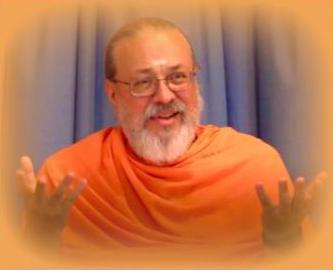
2025 In-Depth Vedanta Course
In-Person and Online
Tuesday, June 3
to
Sunday, August 24
TOPICS:
Tat Tvam Asi
Gita-Sara by Ramana Maharishi
TEACHER:
Swami Tattvavidananda
In-Person and Online
COURSE BOOKLET (transliteration)
TOPICS:
More info HERE
